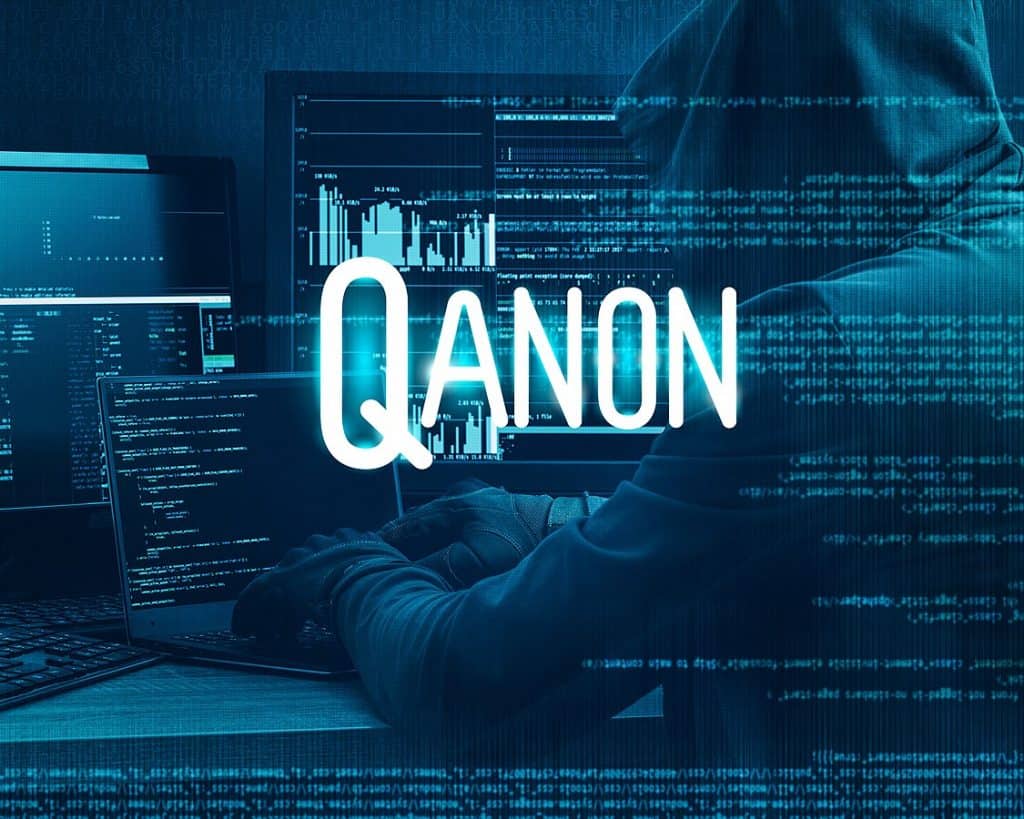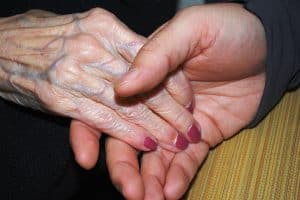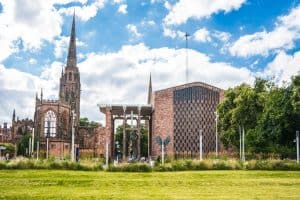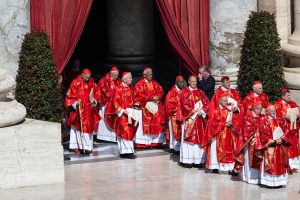By Andrew Brown
The QAnon phenomenon started on US message boards when an anonymous poster began to set out a bizarre conspiracy casting Donald Trump as the hero in a battle against the deep state, which was working with Hillary Clinton to operate a global child abuse ring involving many of the world’s elites
What is QAnon?
QAnon is the name given to an internet-based movement that appeared during Donald Trump’s presidency, which claimed that he was working to save America and the world from a Satanic, paedophile, conspiracy and that he had a secret helper (known as “Q”) who was reporting on the progress of the struggle. Q’s gnomic utterances appeared first in 2017 on an obscure message board and over the next three years spread rapidly across the internet. By the end of the Trump presidency, Q had published 5,000 posts, or 250,000 words, more than the whole of the New Testament. These beliefs have been amplified across YouTube, Facebook, Twitter, and, increasingly Instagram.
How big is it?
It is extremely difficult to estimate the size of the movement, because it has no formal structure and no doctrinal boundaries. There is no “Pope” of Q and it overlaps to a great extent with other, longer-established conspiracy theories. Polling suggests that between 5 per cent and 8 per cent of Americans identify as QAnon. The most recent poll gives a figure of 6 per cent or 16 million adult Americans who identify as QAnons. Among them are at least two Congresspeople: the most famous is Marjorie Tyler Greene, of Georgia. The movement has spread around the world, though, and there are believers in all European countries, including Britain, where Q rallies have been held on a regular basis.
What does it believe?
The central, distinguishing belief is that Q himself exists and that his posts, or “drops” provide a key with which to unlock the mysteries of the political world. Because these drops are often cryptic or simply wrong (the very first QAnon drop predicted Hillary Clinton’s imminent arrest) they are interpreted by an inner ring known as “bakers”, rather as evangelical Christian “words of knowledge” are. Beyond that, followers are free to believe almost anything they want.
Among the beliefs listed by one Conservative researcher are that “Michelle Obama is male. Donald Trump is a time traveller. Mother Teresa was a child trafficker. John McCain was executed for treason. Queen Elizabeth II is part of the child trafficking network. George Floyd is still alive. North Korea’s dictator is working in sync with Trump. Covid-19 panic is generated by Democrats.”
But it is not obligatory to believe any of this. Q followers are encouraged to “do their own research” and come up with stories of their own. Everyone chooses their own adventure. Between 20 and 30 per cent of adult Americans believed that “Hollywood elites are running sex trafficking rings” before QAnon appeared. In the Covid pandemic, QAnon has also spread into vaccine denialism. Q has quoted with approval the far-right Catholic Archbishop Carlo Maria Viganò, who believes that “vaccines are a human sacrifice of innocent victims offered to Satan” because of the false rumour that they are made from aborted foetuses.
QAnon is not, however, a conventional right-wing movement. Surveys show Q supporters come equally from left and right. “It’s not like they only dislike Democrats,” says Professor Joe Uscinski of Florida University. “They dislike establishment politicians and they dislike establishment celebrities.”
Who is Q?
There is no reason at all to believe that he is the senior administration source he appears to be. All the evidence suggests that the whole thing started as a prank on the 8kun message board, where all the posters are identified by pseudonyms and all play constant games with their own identities. It is believed that several people collaborate to produce the original “drops”.
How far has it spread in the UK?
This is extremely difficult to measure. Last autumn a QAnon rally in London drew 500-600 people, but a survey from the Hope not Hate advocacy group found that about 25 per cent of the population believed in theories linked to QAnon. This is certainly a vast overestimate, since QAnon has grown by linking to other conspiracy theories. The movement in Britain and elsewhere is shifting towards a New Age, anti-vaccination stance and a downplaying of the Trump element of QAnon stories.
Commentators:
Professor Joseph Uscinski, on QAnon in the US
Annie Kelly, human rights journalist and editor of the Guardian’s Rights and Freedom reporting project, on QAnon in Britain: [email protected]
Dr David Robertson, the Open University
Books
Much factual background can be found in The QAnon Deception by James Beverley, written from a conservative American Christian position.




















